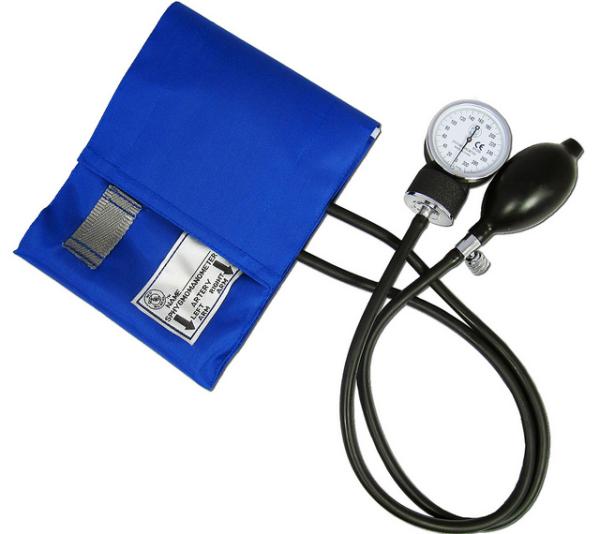An article in the New England Journal of Medicine reports on the mortality associated with high blood pressure, hypertension. It was not surprising that hypertensive patients fared worse than those not similarly afflicted. But what I found more clinically interesting was the changing definition of high blood pressure – it is no longer a snapshot measurement in the physician’s office.
Hypertension causes the heart to work harder; it takes more muscle strength to push blood through your arteries at higher pressure. We only spend about a third of time generating that top number, systolic pressure; the remaining and more extended time we spend generating that lower number, diastolic pressure. That is, in part, why elevations in the diastolic pressure are more worrisome to physicians. It turns out that we may get a better handle on the deleterious effects of an individual’s high blood pressure if we look throughout the day, rather than just at one moment in time.
Ambulatory blood pressure measurement consists of measuring your blood pressure throughout the day. Early versions of these systems were complicated. You had to determine the blood pressure, note the time and record the information. Automation has made these instruments plug and play, put on the cuff and go about your day, the system takes the measurements and does the work. Hypertension formerly a diagnostic snapshot could now be viewed as a 24-hour movie.
The study considered about 64,000 adults in Spain and characterized their blood pressure with both the snapshot and the movie – creating multiple categories.
- 6.6% of patients had no evidence of high blood pressure in the office or with ambulatory testing.
- 47% had sustained hypertension, present in both the office and in those ambulatory tests. These are the patients we usually characterize as having high blood pressure
- Physicians make some patients anxious causing their pressure to rise. 28% of patients had a “White-Coat Syndrome” – a finding of hypertension in the office, but whose ambulatory tests showed that throughout the day their pressure is within the normal range. Almost 2/3rds of these patients were placed on medications.
- Finally, another 8% presented in the opposite manner, while in the office the blood pressure was okay, out in the real world these patients clearly had high blood pressure measurements. These were called masked hypertensives
When you consider these last two groups about a third of patients with hypertension at some point in the day are not diagnosed. By unmasking patients with ambulatory testing and treating all patients with White Coat syndrome we make the diagnosis more inclusive. But is any intervention necessary for these individuals? Are we under or over-treating this most common of medical problems? The researchers went on looking at patient mortality, adjusting for all the usual suspects, age, gender, smoking, diabetes, elevated cholesterol, weight, prior cardiac problems and the number of medications being taken for high blood. The study group was a relatively young, median age 58.4, followed for only a short while, 4.7 years. But during this time 6% of patients died, a third of those deaths attributed to cardiovascular causes. The mortality of patients without hypertension was used to benchmark and calculate the increased risk of mortality for the three groups of hypertensive patients.
- Sustained hypertension, those that we normally associate with the diagnosis of hypertension, had an 80% increased risk of dying.
- Patients with White Coat Syndrome, a condition that many physicians would consider benign, had a similar increased risk.
- Those unrecognized patients with masked hypertension had the greatest increased risk about 180% greater than those without hypertension.
I recognize that the actual deaths are few, roughly 2% of the 64,000 and the ones with White Coat Syndrome or unmasked, unrecognized hypertension reduce that number again. But should we expand our definition of high blood pressure to include ambulatory measurements as well as those in the office? I think there is evidence that ambulatory pressure measurement identifies at-risk patients whose lives could be improved by treatment. Perhaps it is time to consider lowering our threshold for this type of test.
Source: Relationship between Clinic and Ambulatory Blood-Pressure Measurement and Mortality NEJM DOI: 10.1056/NEJMoa1712231




